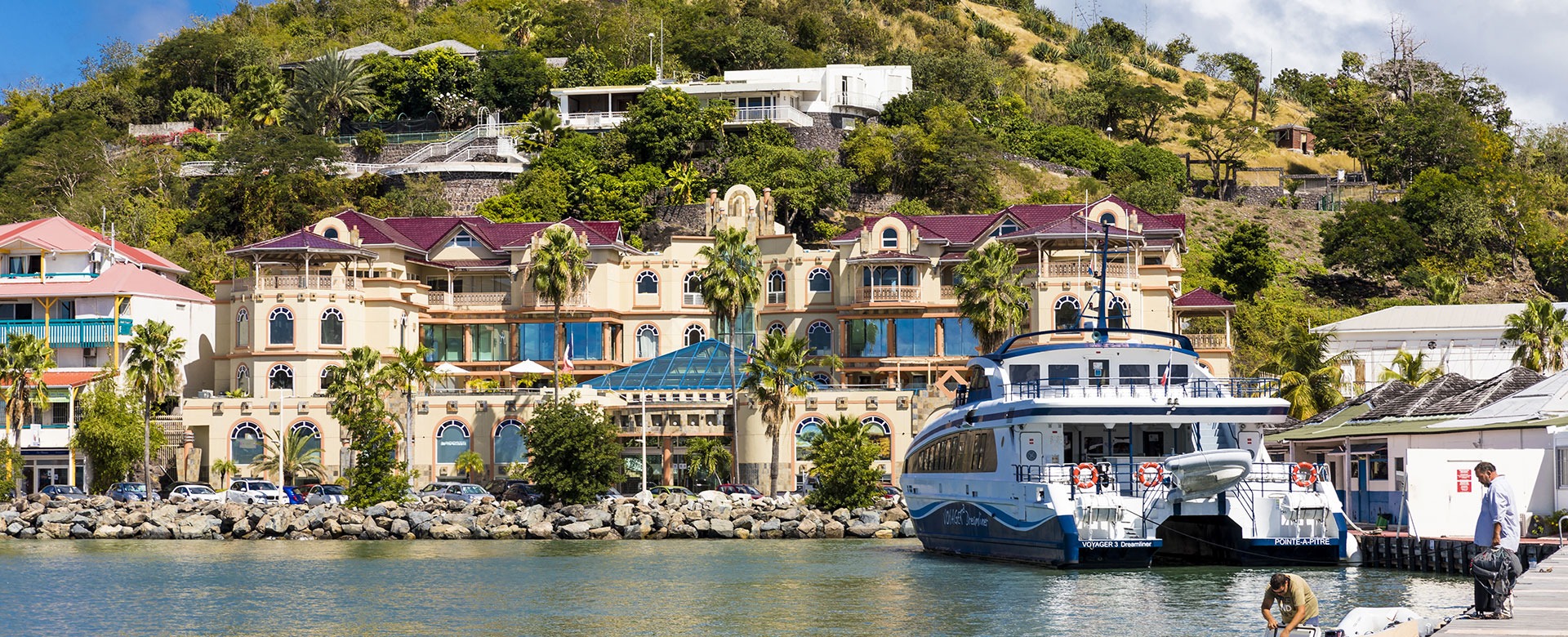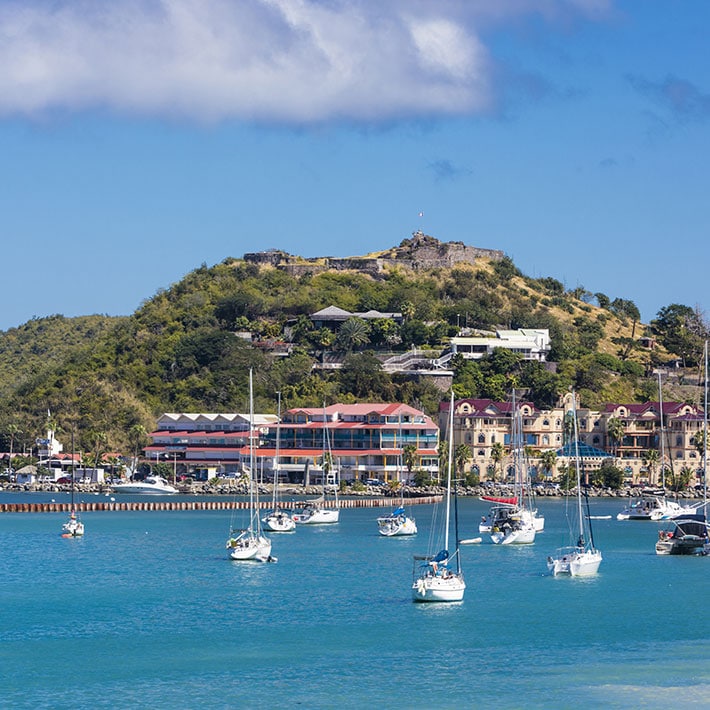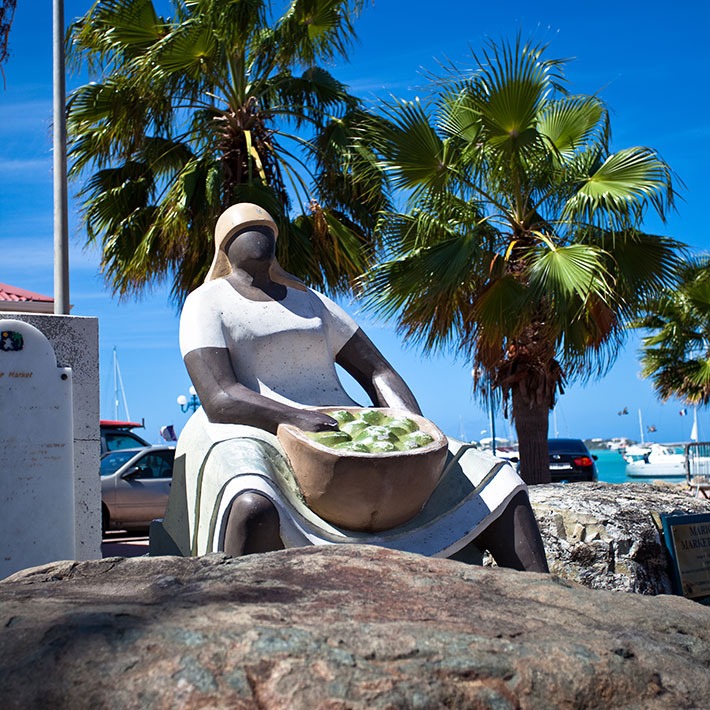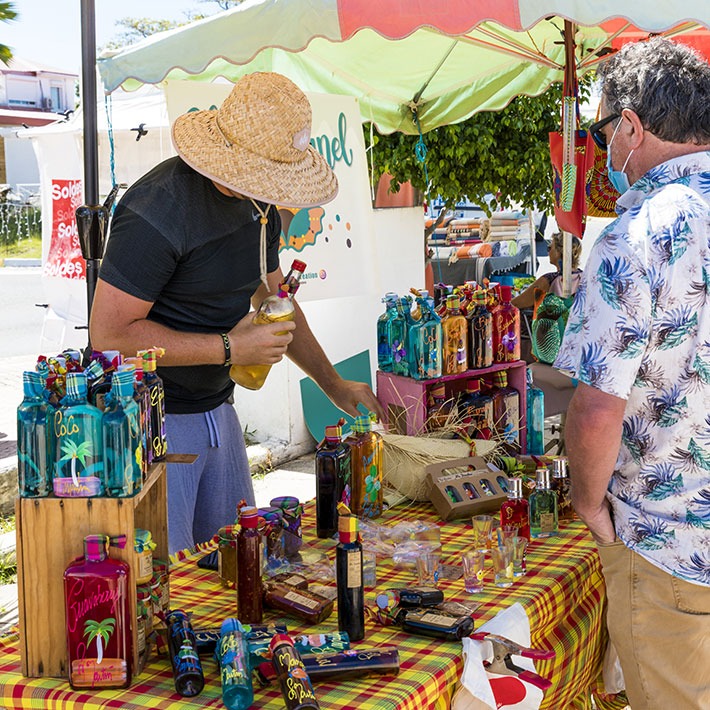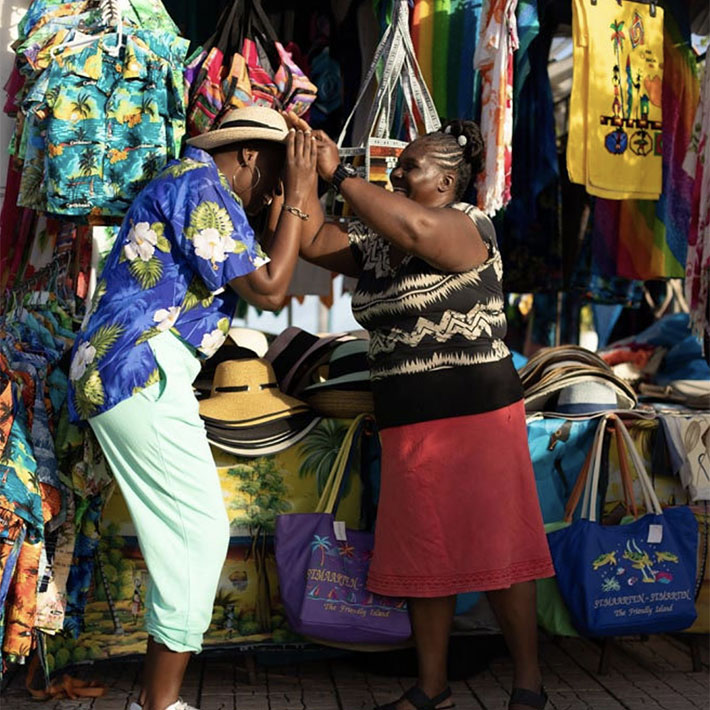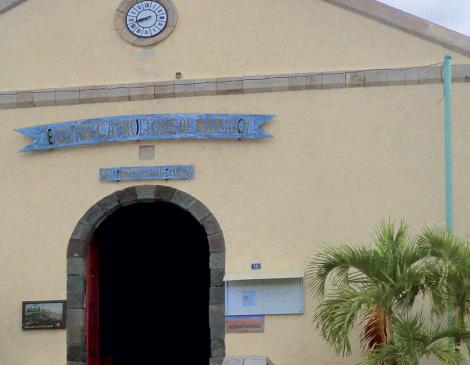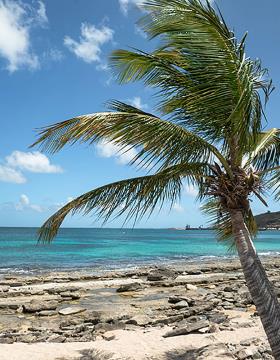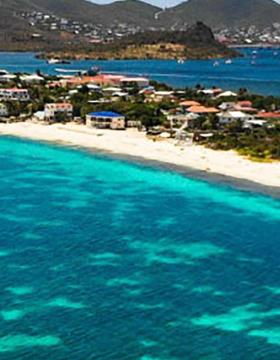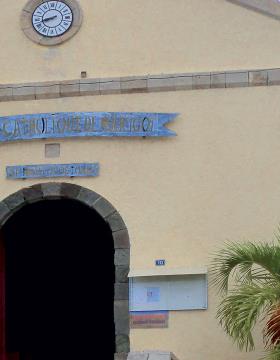The town of Marigot owes its name to the many backwaters, or marigots, that used to be here. Thanks to strong growth driven by sugarcane production in the 18th century, Marigot became the capital of the French part of the island. In 1970, part of the lagoon was filled in and the village extended.
Marigot became the subprefecture town and home to all of the administrative offices (Community Hall, subprefecture offices, border police, customs, etc.) for the two northern islands, St. Martin and Saint Barthélemy. Marigot is made up of several neighborhoods: Agrément, Hameau Du Pont, Galisbay, Concordia, Sandy Ground, Saint James, and Bellevue.
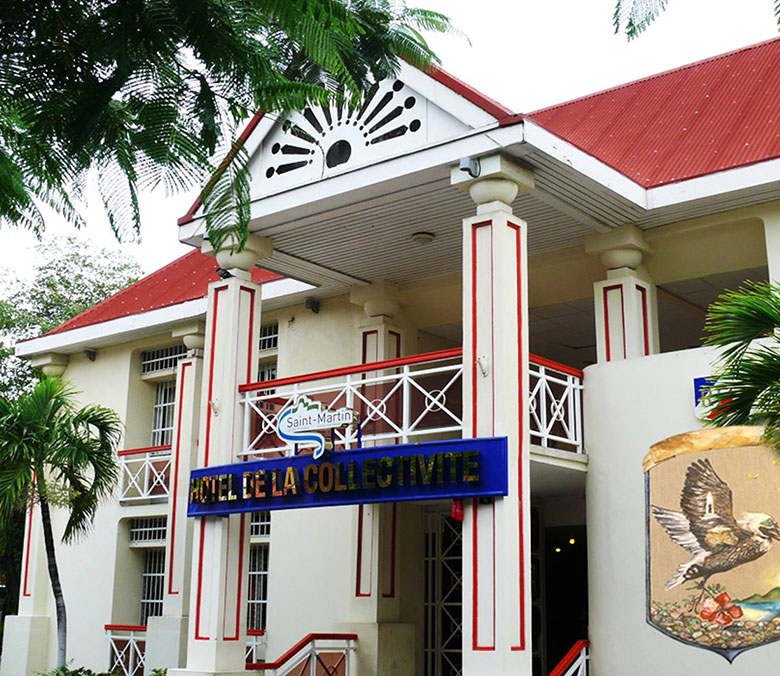
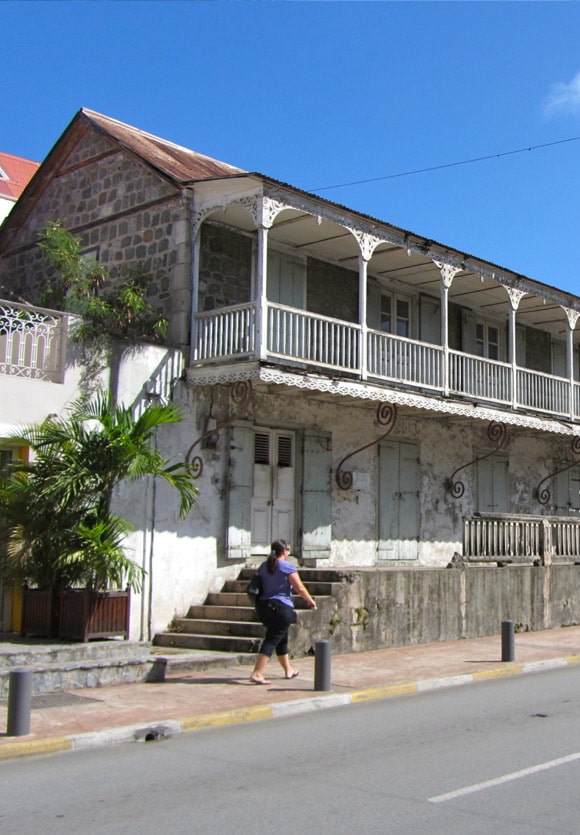
Explore Marigot’s Unique Atmosphere
Marigot has a population of 10,000 and is a worthy representative of France in the tropics. A stroll through the town reveals some beautiful colonial houses. Rue de la République is a perfect example.
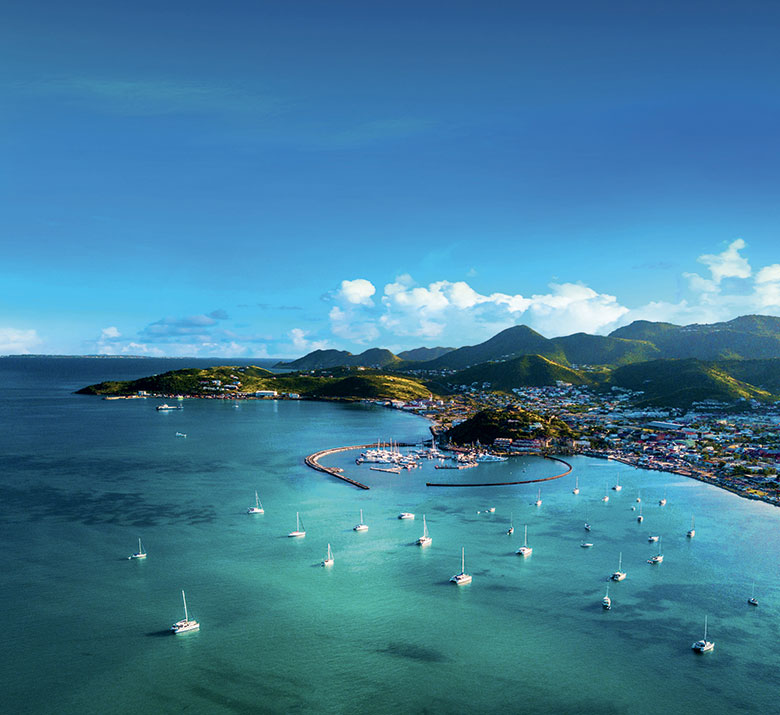
Most of the facades of the traditional 19th-century houses have retained all their authenticity from that architectural period. The ground floor of the structures is built from stones held together by lime mortar, while the second floor is made from timber in the traditional hut-building method. Their front facades overlook the street and have at least one upstairs gallery decorated with gingerbread trim and finely crafted railings. You’ll notice that the occupants are very proud of their Creole houses, especially the huts. Their brightly colored facades show off their zest for life and friendliness.
To visit Marigot is to be charmed by the local produce and the traditional Caribbean atmosphere. Immerse yourself in the authentic hospitality of St. Martin with a trip to the market. At the end of Rue de la République, on the seafront, Marigot Market is full of color and flavor every day of the week, except Sunday. Stalls covered in locally grown fruits and vegetables, spices, and arrays of fish invite you to discover the best of the local produce. Succumb to the temptation of tasting infused rum or drinking from a coconut! If you want to take some St. Martin souvenirs back with you, there’s plenty to choose from among the local handicrafts (bags, sarongs, sea shells, and jewelry).
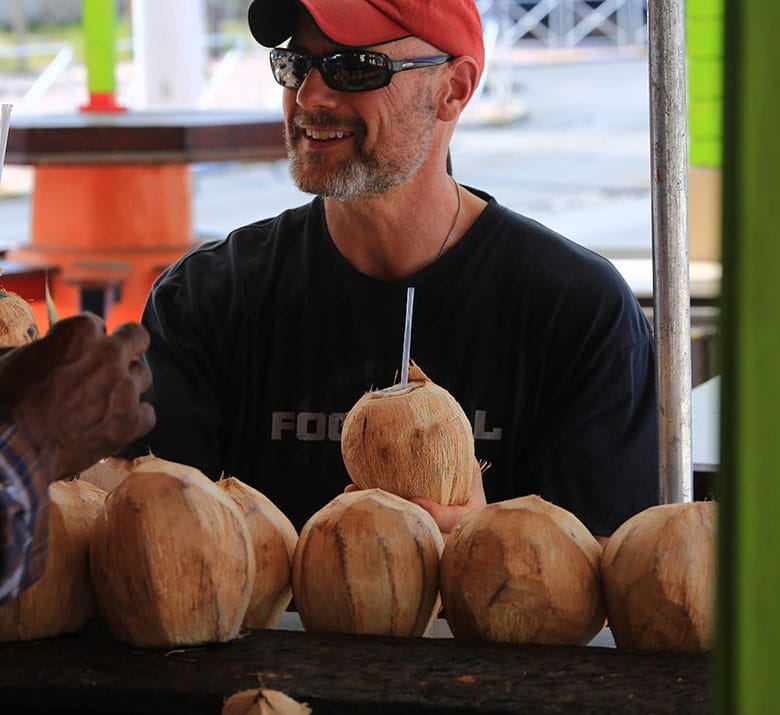
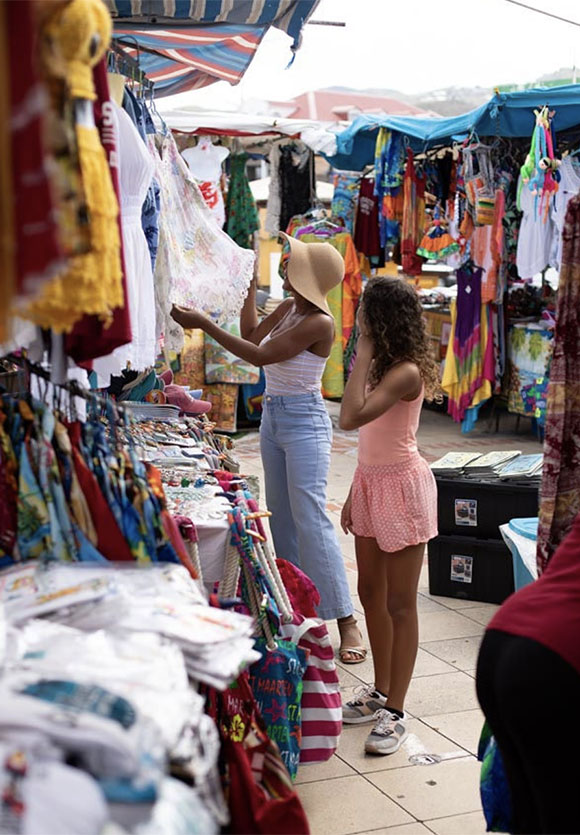
Head over by the ferry terminal and prolong your exploration of Marigot a little further. You’ll see the typical traditional restaurants known as “lolos”. They are the heart and soul of St. Martin. These picturesque culinary temples ooze with authenticity and serve up all the local specialties.
You can then cool off on Galisbay Beach (also known as Baie de la Potence), which you’ll find in the northern part of Marigot Bay. Lots of the locals come here to unwind and a friendly atmosphere is guaranteed. From here you can admire Fort Louis, standing tall on its rocky spur. Just outside the town, you’ll also find Nettlé Bay, which overlooks both the sea and the lagoon. This very pleasant beach is never crowded and benefits from the gentle trade winds.
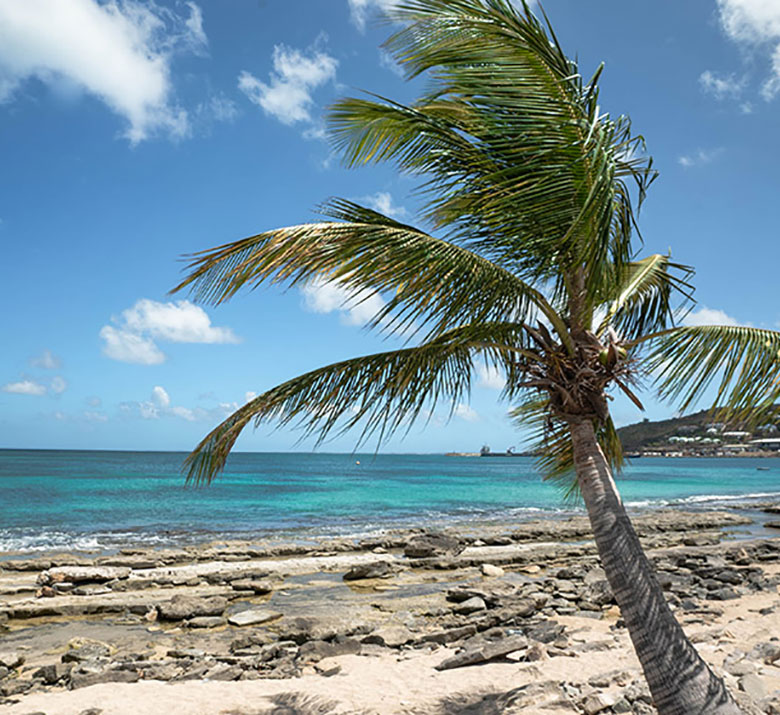
Visiting the Historic Facet of Marigot
Catholic church of Marigot
This church on the road to Fort Louis was built in 1841 by Father Wall. A year later, he had another church built at Grand Case using the same technique and materials (stone and lime). The small chapel adjoining the presbytery was entirely renovated a few years ago using methods dating from the mid-19th century.
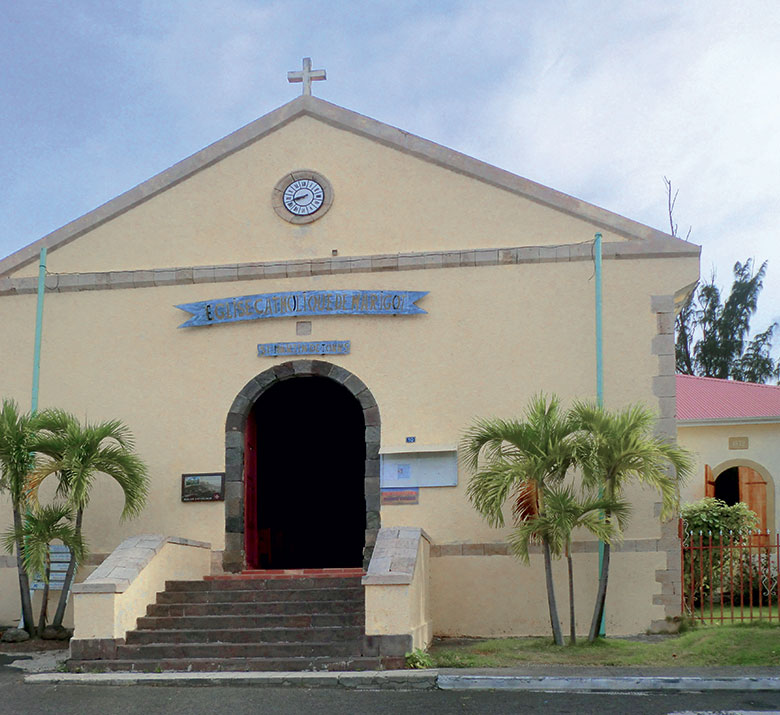
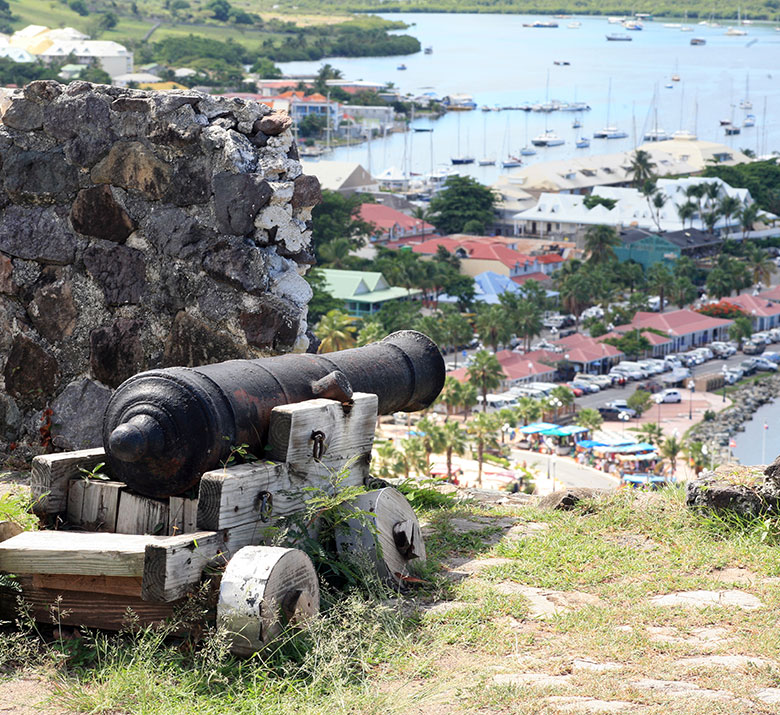
Fort Louis
Towering over Marigot Bay, opposite Anguilla, Fort Louis was built in 1789 at the initiative of Jean-Sébastien de Durat, who was then Commander of Saint Martin and Saint Barthélemy under the King of France.
The fort’s main purpose was to protect the Marigot Port warehouses where salt, coffee, cane sugar, and rum was stored. To reach Fort Louis, you’ll have to climb the 91 steps to the top of the rocky spur that towers above Marigot. Start at the parking lot of the former subprefecture, behind the Catholic church. The site offers a 360° view over the bay and the town.
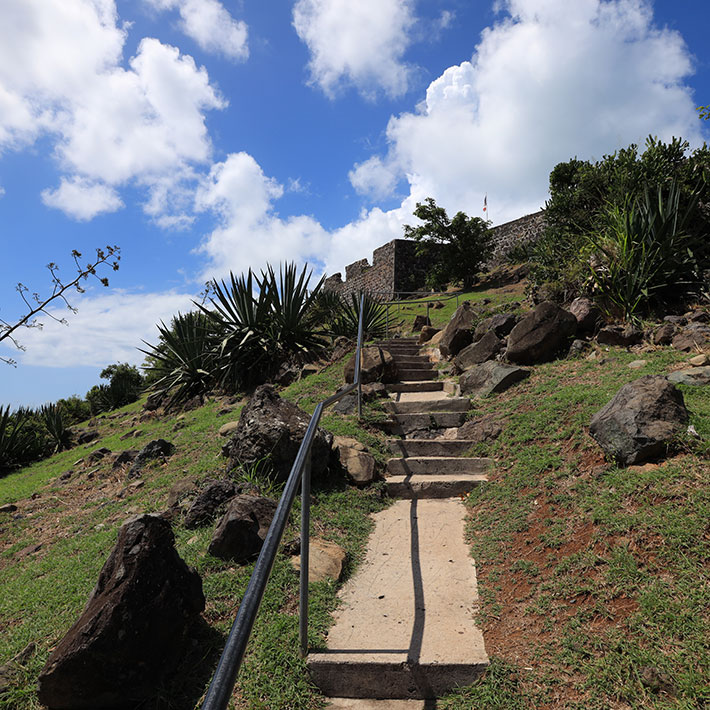
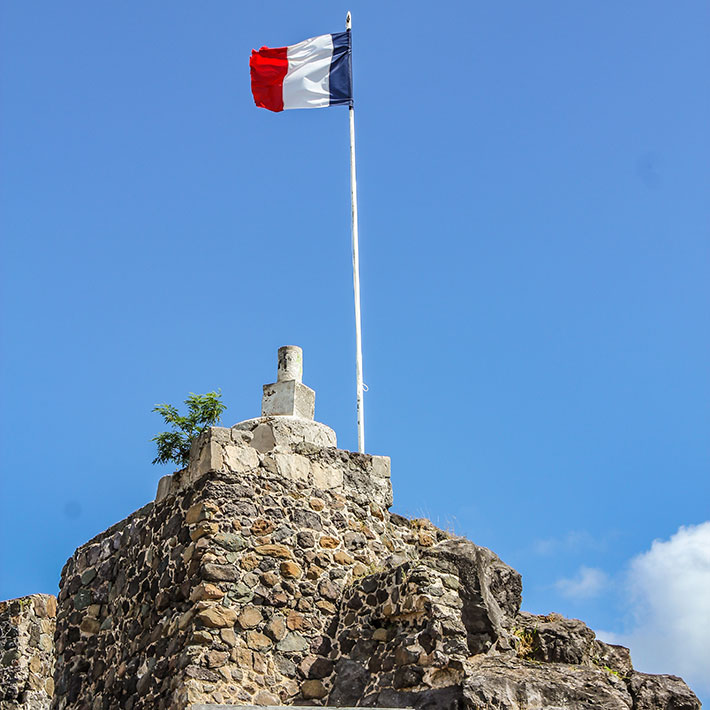
The old Marigot prison
The prison was built in a narrow alley leading up to Fort Louis at the same time as the fort, in 1789, by order of Jean-Sébastien de Durat. Despite undergoing multiple transformations, its facade on Rue Perrinon still looks similar to its original state.
Durat Bridge
Built in 1789 at the same time as Fort Louis and the prison, Durat Bridge is a stone structure on the way out of Marigot toward Grand Case. It was the local people who chose its name in honor of their beloved and well-respected Commander.
Located in the “Hameau du Pont” area, the bridge now allows rainwater from the surrounding hills to drain into Galisbay Pond.
The Grave of François-Auguste Perrinon
Born in Martinique in 1812, François-Auguste Perrinon played an active role in the abolitionist movement and the fight against slavery. In 1848, he was a member of Victor Schœlcher’s abolitionist commission. At the end of his political career, he made St. Martin his final retreat and took over the exploitation of the salt marshes. He died in 1861 and was buried in Marigot cemetery. His grave is still there.
Just for you

MARIGOT
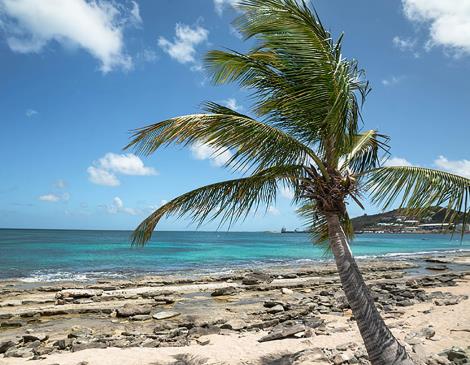
Galisbay
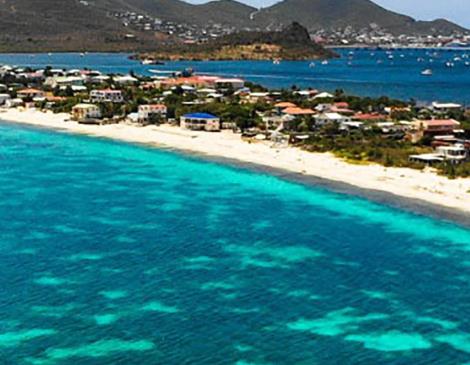
Baie Nettlé

ANCIENNE PRISON DU FORT LOUIS

PONT DE DURAT

